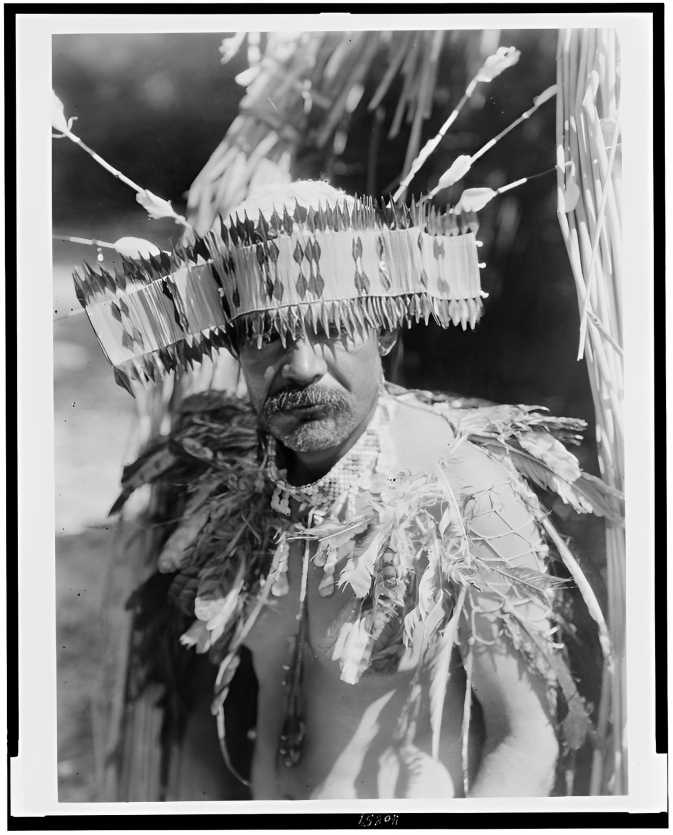- HOKC Newsletter
- Posts
- California's Killing Grounds
California's Killing Grounds
The Brutal Story Of "The Bloody Island Massacre

The Bloody Island Massacre, also known as the Clear Lake Massacre, was a tragic and little-known episode in California history that occurred on May 15, 1850, at Clear Lake in what is now Lake County, California. It marked one of the earliest and most brutal mass killings of Native Americans by U.S. soldiers during the early years of California statehood.
Background: Growing Tensions
In the mid-1800s, the region around Clear Lake was home to the Pomo and Clear Lake Wappo peoples, who had lived there for centuries, fishing, hunting, and gathering in the oak-studded hills and marshlands. However, with the arrival of Anglo-American settlers and Mexican ranchers in the 1840s, the Native population was increasingly subjected to violence, forced labor, and starvation. Two ranchers in particular — Andrew Kelsey and Charles Stone — had enslaved large numbers of Pomo people, forcing them to work on their ranch under brutal conditions. They were starved, beaten, and sometimes executed for disobedience.
By the winter of 1849–1850, the situation had become unbearable. A group of Pomo laborers rose up in rebellion and killed Kelsey and Stone. This act, while motivated by desperation and survival, would trigger the U.S. Army’s violent retaliation.
The U.S. Army’s Retaliation
News of the ranchers’ deaths reached Benicia, the headquarters of the U.S. Army in California. In response, Lieutenant Nathaniel Lyon (who would later become a Union general in the Civil War) and Captain John B. Frisbie organized an expedition to “punish” the Pomo. Around 75 soldiers from Company C, 1st Dragoons, and Company K, 2nd Infantry Regiment marched north toward Clear Lake, joined by local militia.
The Pomo people, knowing the army was coming, fled to a small island in the lake — known locally as Bo-no-po-ti, or “Old Island.” It was a low marshy island connected to the mainland by a shallow ford, covered with reeds and brush. The Pomo gathered there with women, children, and elders, hoping the soldiers would not attack them.
The Massacre at Bloody Island
On May 15, 1850, Lyon’s troops surrounded the island in the early morning hours. Without warning or negotiation, the soldiers opened fire with muskets and cannons. The terrified Pomo tried to flee into the water, but many were shot as they swam or drowned in the attempt.
Eyewitnesses and later accounts estimated that between 60 and 200 Native men, women, and children were killed, though the true number may have been even higher. Few soldiers were injured. Lyon reported that his troops had “utterly destroyed” the band — a grim testament to the one-sided nature of the slaughter.
A survivor later recounted that babies were taken by the ankles and smashed against rocks, and that women were shot while trying to protect their children. The soldiers took no prisoners. The water of Clear Lake reportedly ran red with blood — hence the name “Bloody Island.”
Aftermath and Legacy
Following the massacre, a small number of survivors fled north to join other Pomo bands. In the following weeks, U.S. troops continued to pursue and kill Native people across the region, including at Napa Valley and Russian River, where dozens more were murdered.
The massacre was justified by officials as a punitive expedition, but in reality, it was an act of genocidal violence against a population already reeling from colonization, disease, and enslavement. Nathaniel Lyon faced no punishment for the killings and would go on to be hailed as a Civil War hero.
Today, the site of the massacre is marked by a modest monument near Reclamation Road at Clear Lake, dedicated in 1942 by survivors’ descendants. Modern historians and the Pomo people regard the Bloody Island Massacre as a key moment in the long history of Native resistance and suffering in California — a brutal symbol of the state’s violent origins.
In 2005, the California Legislature officially recognized the massacre and designated May 15 as a Day of Remembrance for the Pomo People, honoring those who perished at Bloody Island and acknowledging one of the darkest chapters in California’s early history.
Want to learn more about “The Bloody Island Massacre”? Check out our episode linked below!